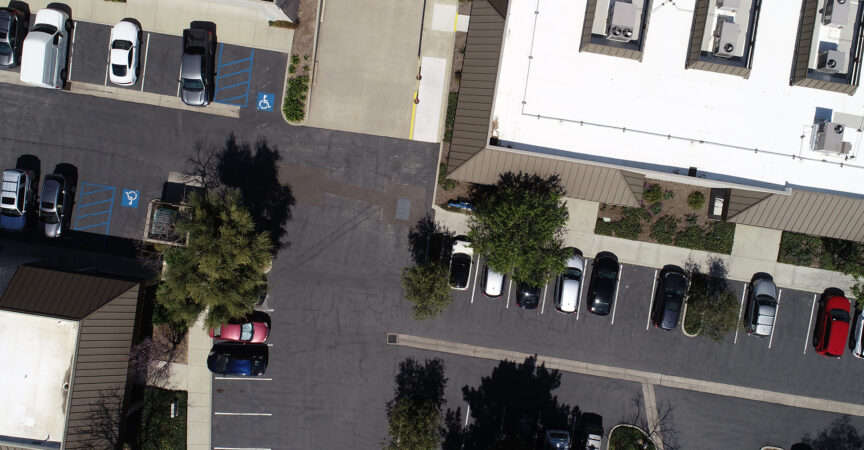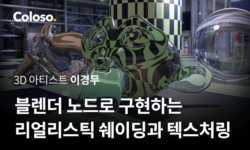Release date:2019, June
Author:Paul Tice
Skill level:Beginner
Language:English
Exercise files:Yes
Course description
Pix4D is a leader in small unmanned aerial system (sUAS or “drone”) photogrammetry, building software that enables users to analyze complex image data and create orthomosaics and 3D models, all from photographs. With a drone, a camera, and the powerful processing engine in Pix4D, the science of photogrammetry is accessible to just about anyone. In this course, you can learn the basics of using Pix4D. Instructor Paul Tice explains how Pix4D pairs with different drones and cameras, and then shows how to program simple 2D missions for your drone with Pix4Dcapture. He then shows how to prepare for flight and retrieve the data and imagery once your drone has landed. In the last few chapters, Paul dives into Pix4D Desktop, where he shows how to process your data and produce outputs such as point clouds, 3D maps, and models. Plus, learn how to deal with large projects and turn the power of Pix4D onto architecture, engineering, and construction (AEC) data, such as 3D building scans.
Watch online or Download for Free
001 Drone mapping
002 What is photogrammetry_
003 Getting Part 107 certified – sUAS remote pilot
004 Understanding airspace
005 Air Map
006 Which mapping drone and camera are right for you_
007 Pix4Dbim – Mapper, fields, and model
008 Using the Pix4Dcapture app to choose a mission – Part 1
009 Using the Pix4Dcapture app to choose a mission – Part 2
010 Preflight checks
011 Downloading and naming your data
012 The mathematical model of Earth in Pix4D
013 Overview of Pix4D – Creating your first project
014 Coordinate systems and projections
015 Processing options template
016 The Pix4D Map View interface
017 Definitions – Densified point cloud, 3D textured mesh, DSM, DTM, and so on
018 Initial processing – General
019 Initial processing – Matching
020 Initial processing – Calibration
021 Creating the quality report
022 Quality checking your data
023 Processing the point cloud
024 Generating a 3D textured mesh
025 Advanced processing options
026 Processing DSM and orthomosaic
027 Additional outputs for DSM, orthomosaic, and index
028 Using the Index Calculator toolset
029 Choosing your output coordinate system
030 Uploading to the cloud for processing
031 GCP – Creating a high-precision project, part 1
032 GCP – Creating a high-precision project, part 2
033 GCP – Creating a high-precision project, part 3
034 GCP – Creating a high-precision project, part 4
035 GCP – Creating a high-precision project – rayCloud Editor
036 MTP – Enhancing precision through manual tie points
037 Splitting and merging large projects, part 1
038 Splitting and merging large projects, part 2
039 Splitting and merging large projects, part 3
040 Splitting and merging large projects, part 4
041 rayCloud interface and basic features
042 rayCloud editing
043 Annotation tools
044 Volume calculator
045 Mosaic Editor
046 Thermal mapping
047 AEC application – 3D scans and Pix4D
048 How to search for help and resources
[Lynda] Learning Pix4D Drone Mapping.7z
[Lynda] Learning Pix4D Drone Mapping_Subtitles.7z
Join us on
 Channel and
Channel and  Group
Group





 Channel
Channel





